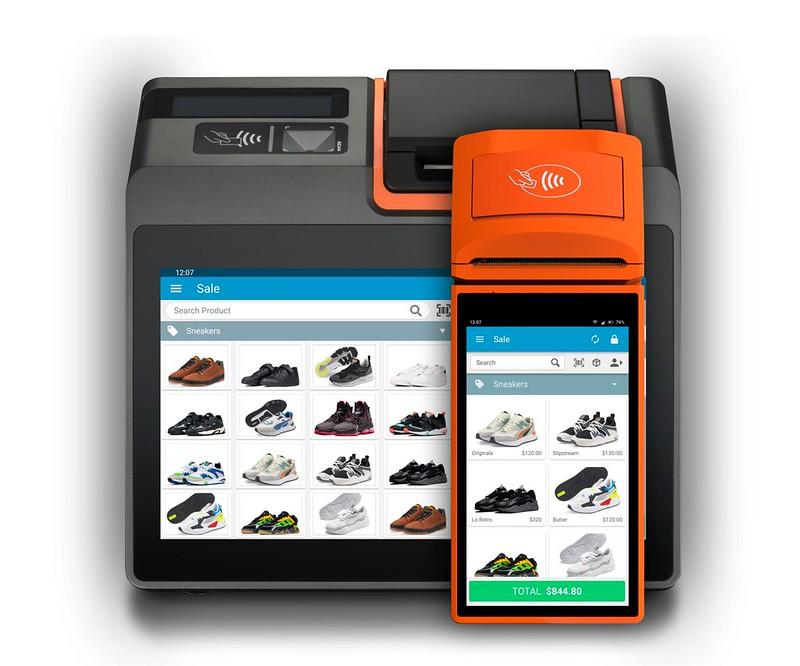
In today’s fast-paced retail landscape, having an efficient and reliable point of sale (POS) system is crucial for businesses to stay competitive. A POS system is more than just a cash register; it’s a powerful tool that can definitely help you manage sales,inventory,and customer relationships. in this article, we’ll take an in-depth look at the world of POS systems, exploring their benefits, features, and best practices for implementation.
Introduction to Point of Sale Systems
A point of sale system is a combination of hardware and software that enables businesses to process transactions, manage inventory, and track sales data. A typical POS system consists of a computer or tablet, a barcode scanner, a credit card reader, and a receipt printer. The software component of a POS system provides a user-friendly interface for sales associates to process transactions, manage inventory, and access sales data.
benefits of Point of sale Systems
Implementing a POS system can have a significant impact on your business, from streamlining operations to boosting sales. Some of the key benefits of POS systems include:
Improved efficiency: POS systems automate many tasks, such as calculating change, processing credit card transactions, and tracking inventory, freeing up staff to focus on customer service.
Enhanced customer experience: POS systems can help you manage customer relationships by storing customer data, tracking purchase history, and offering loyalty programs.
Increased accuracy: POS systems reduce the risk of human error, ensuring that transactions are processed accurately and efficiently.
Real-time reporting: POS systems provide real-time sales data, enabling you to make informed decisions about inventory management, pricing, and marketing.
Security: POS systems can help protect your business from theft and fraud by tracking inventory and monitoring sales activity.
Features of Point of Sale Systems
When choosing a POS system, it’s essential to consider the features that will meet your business needs. Some key features to look for include:
Inventory management: The ability to track inventory levels, monitor stockroom activity, and automatically reorder stock when levels are low.
Sales reporting: The ability to generate reports on sales activity, including sales by item, category, and time period.
Customer management: The ability to store customer data, track purchase history, and offer loyalty programs.
Payment processing: The ability to process credit card transactions, including contactless payments and mobile payments.
Integration: The ability to integrate with other business systems, such as accounting software and e-commerce platforms.
| Feature | description |
|---|---|
| Inventory management | Track inventory levels, monitor stockroom activity, and automatically reorder stock |
| Sales reporting | Generate reports on sales activity, including sales by item, category, and time period |
| Customer management | Store customer data, track purchase history, and offer loyalty programs |
Choosing the Right Point of Sale System
with so many POS systems on the market, choosing the right one for your business can be overwhelming. Here are some tips to help you make an informed decision:
Assess your business needs: Consider the size and type of your business, and also your sales volume and customer base.
Research different options: Look into different POS systems, including cloud-based, on-premise, and hybrid solutions.
Read reviews and ask for referrals: Check out online reviews and ask other business owners for recommendations.
Consider scalability: Choose a POS system that can grow with your business, with the ability to add new features and users as needed.
Benefits and Practical Tips
Here are some benefits and practical tips for implementing a POS system:
Streamline operations: Use a POS system to automate tasks, such as inventory management and sales reporting.
Improve customer service: Use a POS system to store customer data and track purchase history, enabling you to offer personalized service and loyalty programs.
Increase sales: Use a POS system to track sales data, identifying trends and opportunities to increase sales.
Reduce errors: Use a POS system to reduce the risk of human error, ensuring that transactions are processed accurately and efficiently.
Case Studies
Here are some real-life examples of businesses that have successfully implemented POS systems:
Retail store: A fashion retailer implemented a cloud-based POS system, enabling them to manage inventory and sales data across multiple locations.
Restaurant: A restaurant implemented a POS system with mobile ordering and payment capabilities, reducing wait times and increasing customer satisfaction.
* E-commerce business: An e-commerce business implemented a POS system with integrated inventory management, enabling them to streamline operations and improve customer service.
First-Hand Experience
I spoke with the owner of a small retail store who recently implemented a POS system. ”Our old cash register system was clunky and inefficient,” she said. “We were manually tracking inventory and sales data, which was time-consuming and prone to errors. With our new POS system, we can manage everything in one place, including inventory, sales, and customer data.It’s been a game-changer for our business.”
Conclusion
a point of sale system is a powerful tool that can definitely help businesses streamline operations, improve customer service, and increase sales.By understanding the benefits and features of POS systems, businesses can make informed decisions about which system to implement. Whether your a small retail store or a large e-commerce business,a POS system can help you stay competitive in today’s fast-paced retail landscape. By following the tips and best practices outlined in this guide, you can ensure a accomplished implementation and start reaping the benefits of a POS system for your business.



